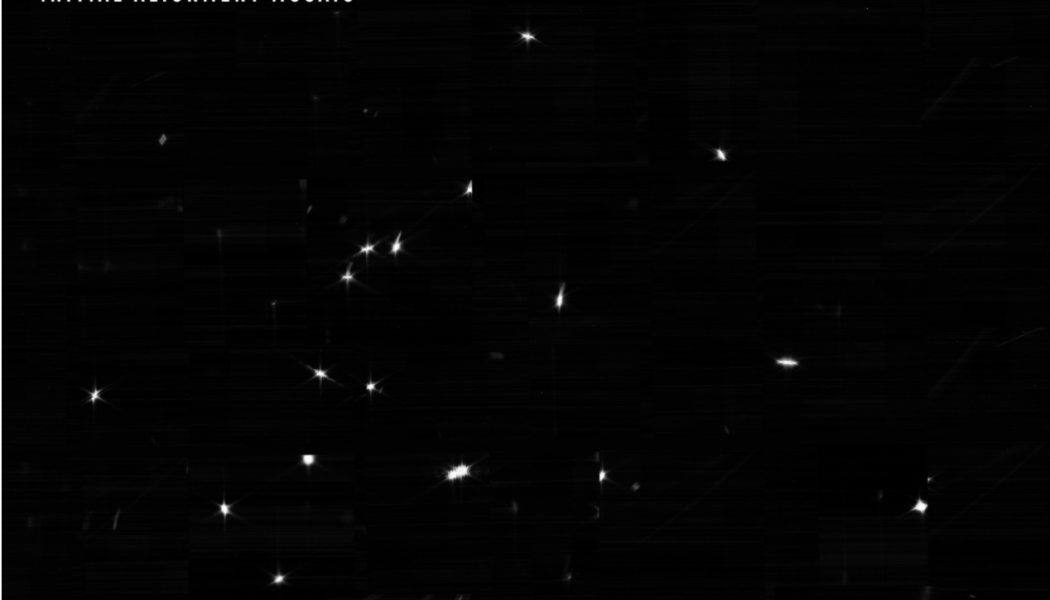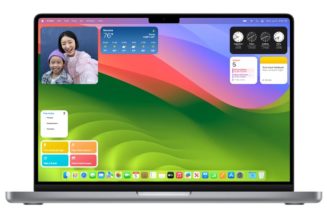New images from the James Webb Space Telescope show the latest big milestone for the space observatory: its 18 mirrors are now aligned enough to act as one massive mirror. The new images released by NASA today include a “selfie” from JWST showing the mirrors’ progress along with updated images of a single star.
Since reaching its final orbit, the telescope’s combined 18 mirrors have been focused on the isolated star HD 84406, which the researchers are using as a target to align the mirrors. Images presented last month showed 18 images of the star that were captured individually on each mirror segment. NASA’s latest image of HD 84406 shows what it looks like when all 18 mirrors work together with the Near-Infrared Camera or NIRCam. They were able to capture not only an image of the star — but also distant galaxies behind the star, too.
The JWST’s “selfie” shows its 18 mirrors all collecting light from the same star. The selfie was taken using a specialized lens that helps the engineering team back on earth make sure the mirrors are working properly. Now that the 18 mirrors are aligned, they can work together as one mirror to begin capturing images of distant stars, galaxies, and even images from 13.6 billion light-years away — the baby photos of the Universe.
:no_upscale()/cdn.vox-cdn.com/uploads/chorus_asset/file/23321996/nircam_alignment_selfie_labeled.png)
“More than 20 years ago, the Webb team set out to build the most powerful telescope that anyone has ever put in space and came up with an audacious optical design to meet demanding science goals,” Thomas Zurbuchan, associate administrator of NASA’s Science Mission Directorate said in NASA’s blog. “Today we can say that design is going to deliver.”
Over the next six weeks, NASA will continue to prepare JWST to finally begin its science work. The team’s next steps will include aligning instruments including the near-infrared spectrograph, mid-infrared instrument, near infrared imager and slitless spectrograph. From there, JWST will start to conduct its final checks and make any last minute adjustments.
The lengthy alignment process is on track and is expected to conclude by early May before the telescope becomes available for scientific observation preparations, NASA says. They also reported that the telescope’s first set of images and scientific data will be released in the summer.










